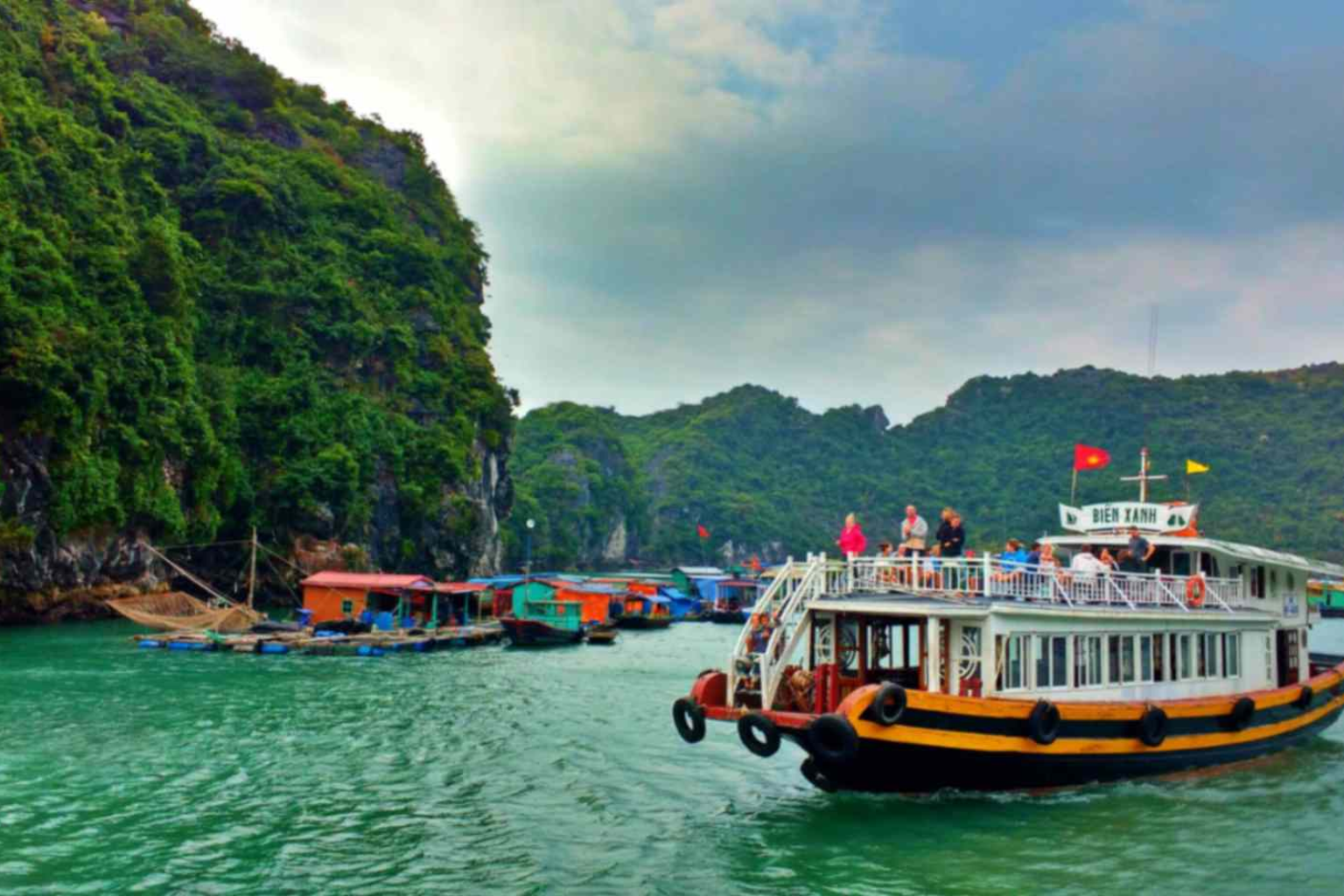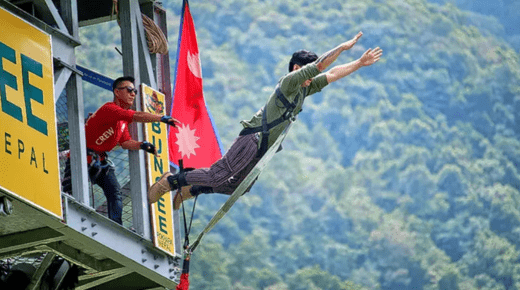Nestled along the northeastern border of Vietnam and China, Ban Gioc Waterfall is one of the most awe-inspiring natural attractions in Southeast Asia. With its cascading turquoise waters set against a backdrop of lush limestone mountains, this lesser-known gem remains a highlight for those venturing off the beaten track. For U.S. travelers seeking authentic nature experiences, Ban Gioc offers the perfect blend of scenic beauty and cultural immersion. But choosing the right time to visit can greatly enhance the experience.
While Ban Gioc is open year-round, the atmosphere and appearance of the waterfall change with the seasons. Each time of year has its own charm, but depending on what you’re looking for, whether it’s peak water flow, fewer crowds, or ideal weather conditions, certain months will suit your plans better than others.
Spring: A Lush Green Escape
From March to May, northern Vietnam transitions into spring. During this period, the Ban Gioc region comes alive with fresh greenery, blooming wildflowers, and a soft, misty ambiance. Temperatures hover between 68°F and 82°F, making the days pleasantly warm and the nights cool. The water volume in the falls is moderate, creating a photogenic yet peaceful setting.
Spring is an excellent time for nature lovers who want to explore the area’s many hiking trails and enjoy scenic boat rides without the intensity of summer heat or the crowds that come during the high season. The surrounding rice fields also begin their growing season, adding vibrant greens to the already stunning landscape. If you’re booking your travel through a reputable Vietnam travel company, they might suggest springtime for a more serene and balanced experience.
Summer: Peak Flow and Vibrant Colors
June through August marks summer in Ban Gioc, and with it comes the region’s rainy season. While rainfall can be heavy at times, it also means the waterfall is at its most powerful and dramatic. The rushing torrents create a roaring soundtrack that reverberates through the valley, and the mist rising from the base of the falls adds a magical, almost otherworldly quality to the scene.
This is the best time to see Ban Gioc in its full glory. However, keep in mind that afternoon rain showers are common, and the humidity levels can be high. Temperatures can reach up to 90°F, which may be uncomfortable for some visitors unaccustomed to tropical climates. Despite these challenges, many travelers find the payoff worth it—especially photographers who want to capture the falls at their most dynamic.
If you’re planning a Vietnam trip package during the summer, make sure to include flexible outdoor days so you can work around the weather. Also, booking accommodations early is essential, as domestic travel increases during summer months and the region becomes busier.
Autumn: Golden Fields and Mild Weather
From September to November, Ban Gioc transitions into autumn—a period many consider the best overall time to visit. The temperatures begin to cool, averaging between 64°F and 84°F, and the humidity drops significantly. The most striking feature of this season is the golden hue of the rice fields surrounding the waterfall. The harvest season adds an extra layer of cultural richness to the journey, with local farmers hard at work and traditional festivals occasionally taking place in nearby villages.
The water levels remain strong after the rainy season, but the skies are generally clearer, making it a favorite for travelers who want the best of both worlds—powerful waterfall flow and comfortable weather. Autumn is also a great time for motorbike tours and cycling expeditions across the karst landscapes that dominate the region.
Most Vietnam travel companies will recommend autumn for travelers looking to combine natural beauty with cultural depth. Whether you’re part of a guided group or a private tour, you’ll likely find this season offers the most balanced and photogenic experience.
Winter: Tranquility and Crisp Air
Winter in Ban Gioc, from December to February, brings cooler temperatures and lower water volume. Daytime highs can dip to around 59°F, while nighttime lows might fall into the upper 40s°F. While the waterfall isn’t as thunderous during this time, it offers a more tranquil and meditative atmosphere.
Fewer tourists venture to the region in winter, so it’s perfect for those who want a quiet escape. The surrounding forests take on a subdued tone, and the misty mornings create a serene, ethereal feel. Though not ideal for swimming or sunbathing, winter still allows for rewarding hikes, cultural exploration, and photography with a unique seasonal flair.
While not the peak tourist season, this period offers budget-conscious travelers some appealing benefits. Flights and accommodations are more affordable, and it’s easier to find last-minute deals through a trusted Vietnam travel company.
How to Get to Ban Gioc Waterfall
Traveling to Ban Gioc from major cities like Hanoi takes some planning, but it’s well worth the effort. Most visitors first travel to Cao Bang Province, which is approximately 200 miles north of Hanoi. From there, a scenic 2-3 hour drive through winding mountain roads leads to the falls.
While there are public transportation options, many travelers prefer to book private tours or hire a car for greater comfort and flexibility. If you’re booking a Vietnam trip package that includes Ban Gioc, make sure it covers transport, accommodations, and local guides to maximize your experience.
Frequently Asked Questions
1. Is Ban Gioc Waterfall suitable for family travel?
Yes, Ban Gioc is a family-friendly destination. While the area involves some light walking and hiking, many parts of the site are accessible and safe for children and older travelers. Be mindful of slippery rocks near the falls and always follow safety signage.
2. Are there accommodations near Ban Gioc Waterfall?
While options are limited compared to larger cities, there are several comfortable guesthouses and homestays in the vicinity. Many Vietnam travel companies offer curated packages that include these local lodgings for an immersive experience. For those who prefer more amenities, staying in Cao Bang city is a good alternative.
3. What should I pack for a visit to Ban Gioc?
Pack light, breathable clothing in warmer months and layers for cooler seasons. Good walking shoes are essential, as some trails can be uneven. Also, bring insect repellent, sunscreen, and a waterproof jacket if visiting during the rainy season.
4. Can U.S. travelers visit Ban Gioc without a guide?
Absolutely, independent travel is possible. However, hiring a local guide—either privately or through a Vietnam trip package—can significantly enhance your understanding of the area’s history, culture, and geography.
5. Is it possible to visit both Ban Gioc Waterfall and Ba Be Lake in one trip?
Yes, many travelers combine these two attractions for a more comprehensive northern Vietnam adventure. They are located within the same broader region and are often included together in tour itineraries offered by Vietnam travel companies.
In The End
Ban Gioc Waterfall offers a unique travel experience that stands out even among Vietnam’s many natural wonders. Whether you’re looking for dramatic water flow, golden harvest scenery, or peaceful winter solitude, each season has something special to offer. U.S. visitors, in particular, will appreciate the combination of untouched nature and cultural authenticity that Ban Gioc provides. By choosing the right time to go and planning through a reliable Vietnam travel company, your trip to this hidden treasure can be one of the most memorable parts of your Southeast Asia journey.




